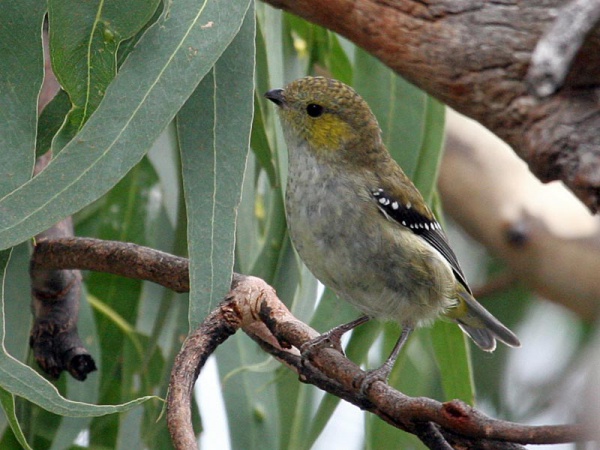Facts About Forty-spotted pardalote
The forty-spotted pardalote is one of Australia's rarest bird species, found exclusively in the southeastern corner of Tasmania. Measuring just 9 to 10 cm in length, it is a diminutive bird characterized by a dull greenish-brown back and head, an olive rump, and a white chest tinged with light yellow. Its wings are black with white tips, creating a spotted appearance when folded. Unlike the more vibrant spotted pardalote, this species exhibits a more muted plumage.
These birds are mainly found in a few isolated colonies, particularly on Maria Island and Bruny Island in southeastern Tasmania. Unfortunately, their numbers are dwindling, and the species is currently classified as endangered. Maria Island is especially significant for their survival, serving as a refuge for these birds. Other key conservation sites include Bruny Island, Central Flinders Island, and various parts of southeast Tasmania.
The forty-spotted pardalote prefers relatively dry eucalypt forests, particularly those with a high concentration of white gum trees, where they primarily forage. During the breeding season, these birds form pairs and become territorial. In winter, however, they may gather in small flocks. They primarily feed on insects found in the canopy and nest in tree hollows or ground burrows.
